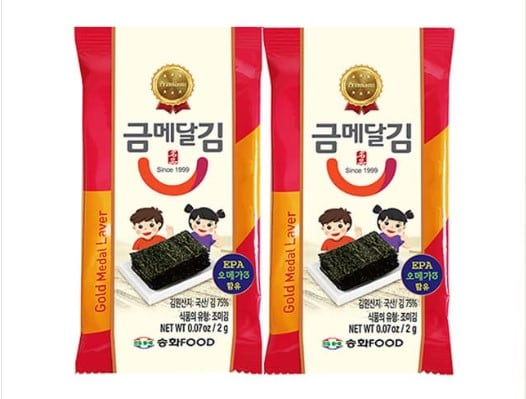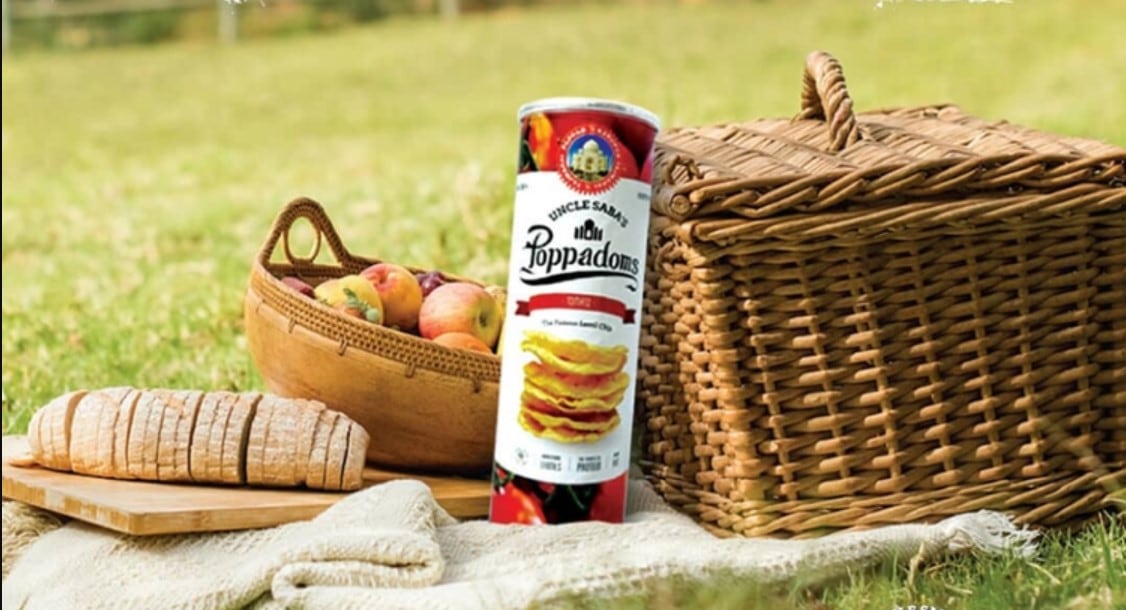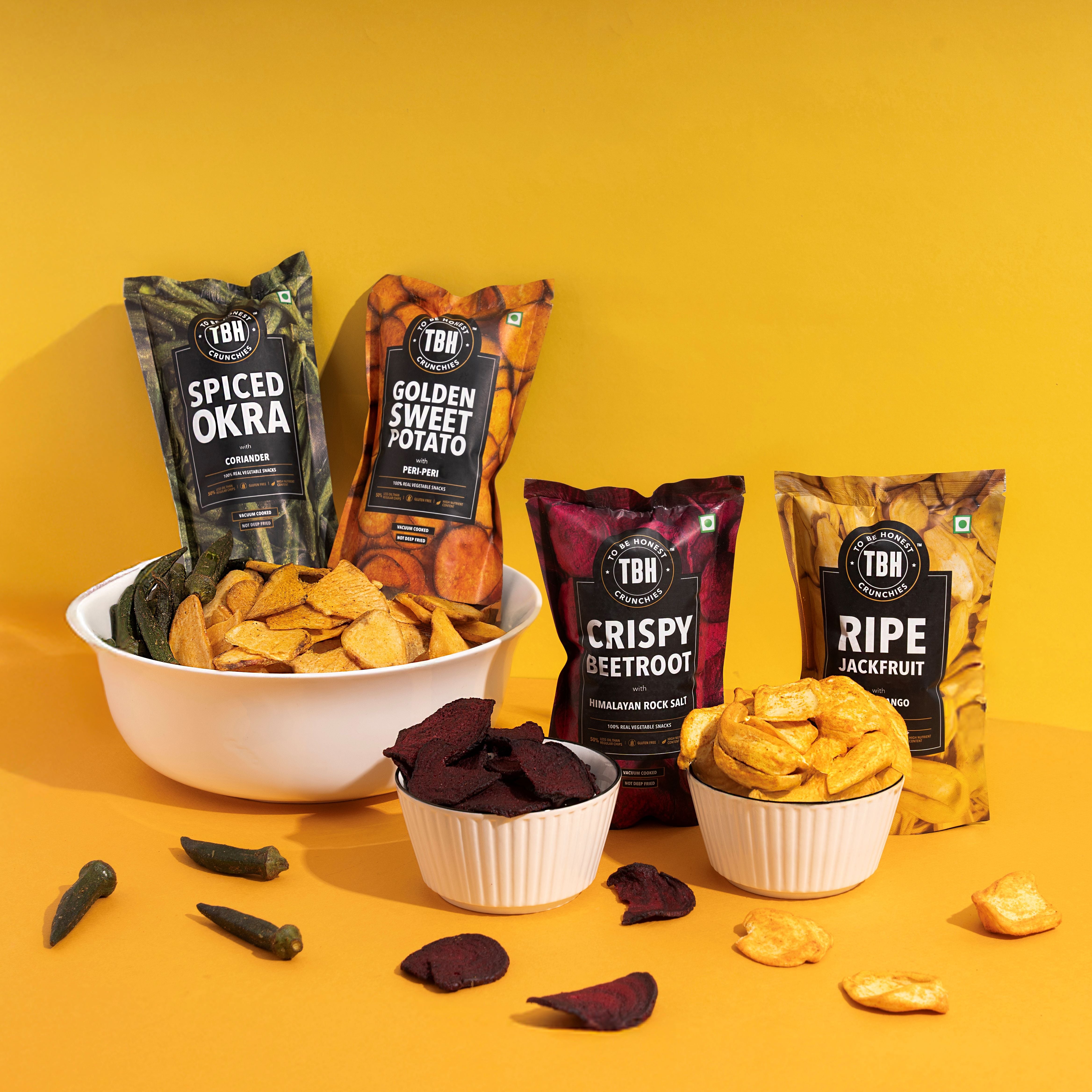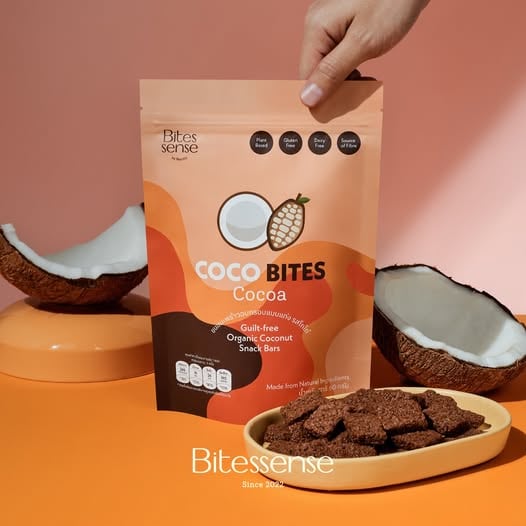Korean seaweed specialist Song Hwa Food is stepping up its export push across Asia, targeting Singapore and Malaysia.
It has established a presence in Vietnam, Taiwan, and China since its founding in 2003.
Sticking to originals
While the firm has experimented with various flavours, it found demand for flavoured seaweed remained limited.
“We tried wasabi, cheese and Samyang flavours, but the demand is not high and customers continue seeking original natural flavours,” CEO Kim Jong Bae said. “So we stuck to the original flavour and only used a special mixture of corn oil, sesame oil and sea salt.”
Cultural eating habits also support this strategy, as seaweed is traditionally paired with rice in East Asia. “If the seaweed is heavily flavoured, it will affect the taste of the other dishes – that is why the original flavour is preferred,” Kim explained.
Positioning in Asia
Song Hwa’s seaweed can be eaten as a snack, served with beer, or used as a condiment with rice. With its focus on original flavour and crispness, the firm is positioning itself as a premium option in a growing Asian seaweed market.
Cultural familiarity is also playing a role in market demand. “In Greater China we are culturally similar, so there is strong seaweed demand,” Kim said, pointing to shared eating habits that make the product an easy fit in regional diets.
“No preservatives are used, yet the product can last for one year,” the company added, underscoring its commitment to clean-label positioning alongside quality and convenience.
Crispness as a selling point
Song Hwa says product quality comes from both sourcing and processing. Its seaweed is harvested from Korea’s southern coast, where ocean and river waters meet to produce “very good quality seaweed”, said Kim.
“Compared to other types of seaweed, the bottom is usually soaked with oil, but we are able to use less oil and that prevents sogginess and retains crisp better,” Kim noted.
By keeping seasoning simple, the company argues the seaweed’s natural qualities can shine.
“We are already using very good seaweed – you don’t have to put more makeup if you are already pretty."
Kim Jong Bae, CEO, Song Hwa Food
“We are already using very good seaweed – you don’t have to put more makeup if you are already pretty. It’s the same concept. By using very premium ingredients, the superior flavour is maintained without a lot of seasoning,” added Kim.
Packaging for humid markets
Beyond flavour, packaging innovation has become central to Song Hwa’s regional strategy, especially as the company looks to humid South East Asian markets.
“More effort is now being put into improving the packaging to retain the crispiness of the seaweed,” Kim said. “We use less oil and salt to maintain the original flavour, but exporting the seaweed over long distances will affect the crispiness.”
To appeal to younger consumers, Song Hwa also offers child-friendly designs. “Packaging aimed at children comes in four different colours to appeal to children who may want a different coloured packaging according to their preference.”
With a balance of tradition, clean-label appeal, and packaging innovation, Song Hwa Food is betting that its original-flavour seaweed can win over diverse Asian markets.





